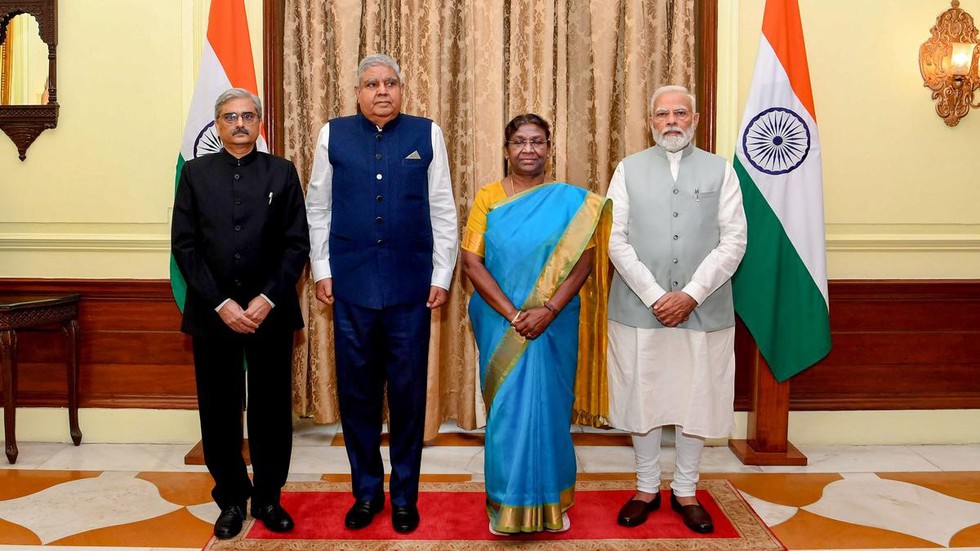About Central Vigilance Commission:
- Background:
- The Central Vigilance Commission was initially set up through Resolution in 1964 of Government of India, on the recommendations of Committee on Prevention of Corruption formed under the Chairmanship of Shri K. Santhanam.
- In 1997, The Supreme Court gave directions to Government of India to confer statutory status upon the Central Vigilance Commission.
- Then Centre government given statutory status to Central Vigilance Commission in 2003.
- Vision:
- To eliminate corrupt and unethical practices in public administration and to bring about transparency, fair-play, objectivity, accountability and responsiveness to the aspirations of the citizen from administration.
- Composition: Central Vigilance Commission consists of a Central Vigilance Commissioner as Chairperson and not more than two Vigilance Commissioners as Members.
- Organization Structure:
- The Central Vigilance Commission has its own Secretariat, Chief Technical Examiners' Wing (CTE) and a wing of Commissioners for Departmental Inquiries (CDI).
- Chief Technical Examiners' Wing (CTE) - Technical audit of construction works of Governmental organisations from a vigilance angle and Investigation of specific cases of complaints relating to construction works.
- Commissioners for Departmental Inquiries (CDIs) - The CDIs function as inquiry Officer to conduct oral inquries in departmental proceeding itiated against public servants.
- Removal: The Central Vigilance Commissioner or any Vigilance Commissioner shall be removed from his office only by order of the President on the ground of proved misbehavior or incapacity after the Supreme Court, on a reference made to it by the President, has, on inquiry, reported that the Central Vigilance Commissioner or any Vigilance Commissioner ought on such ground be removed.
